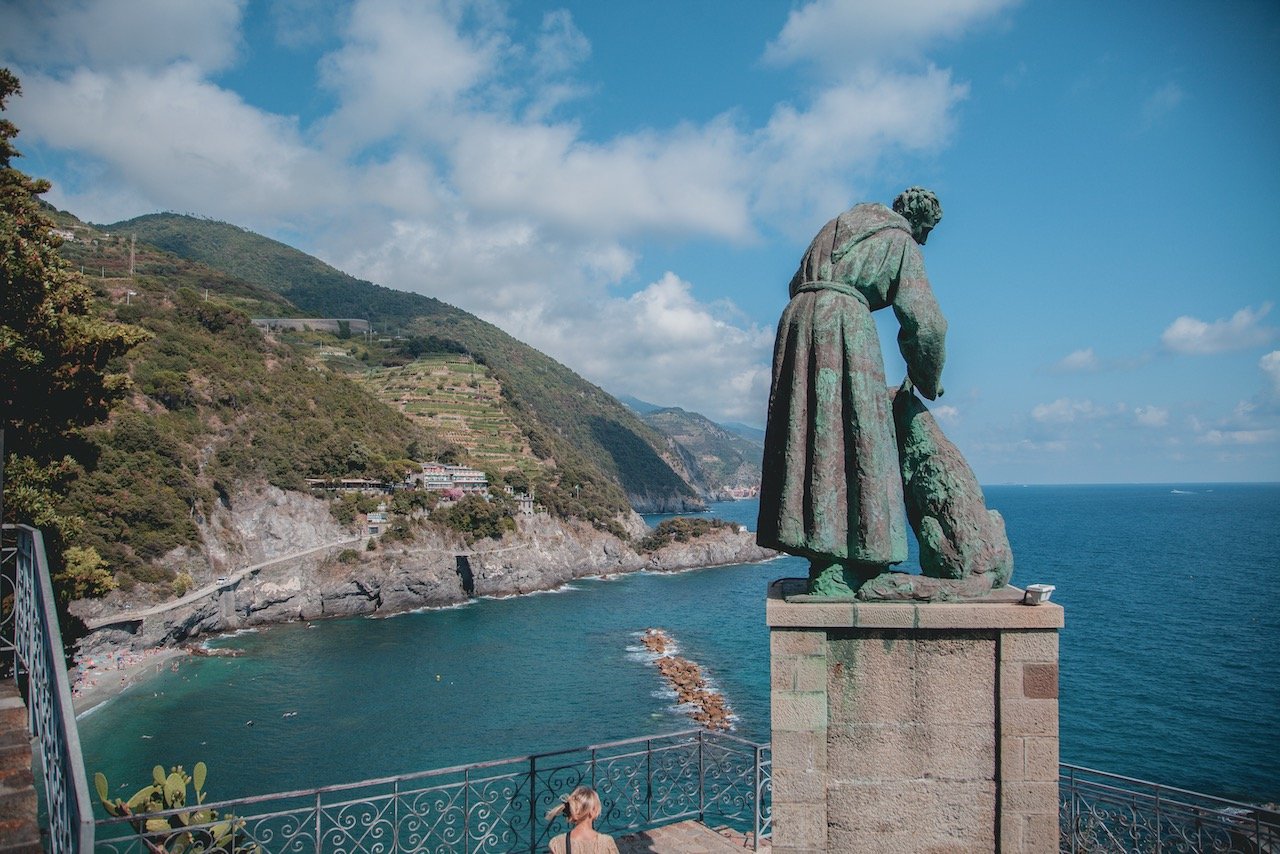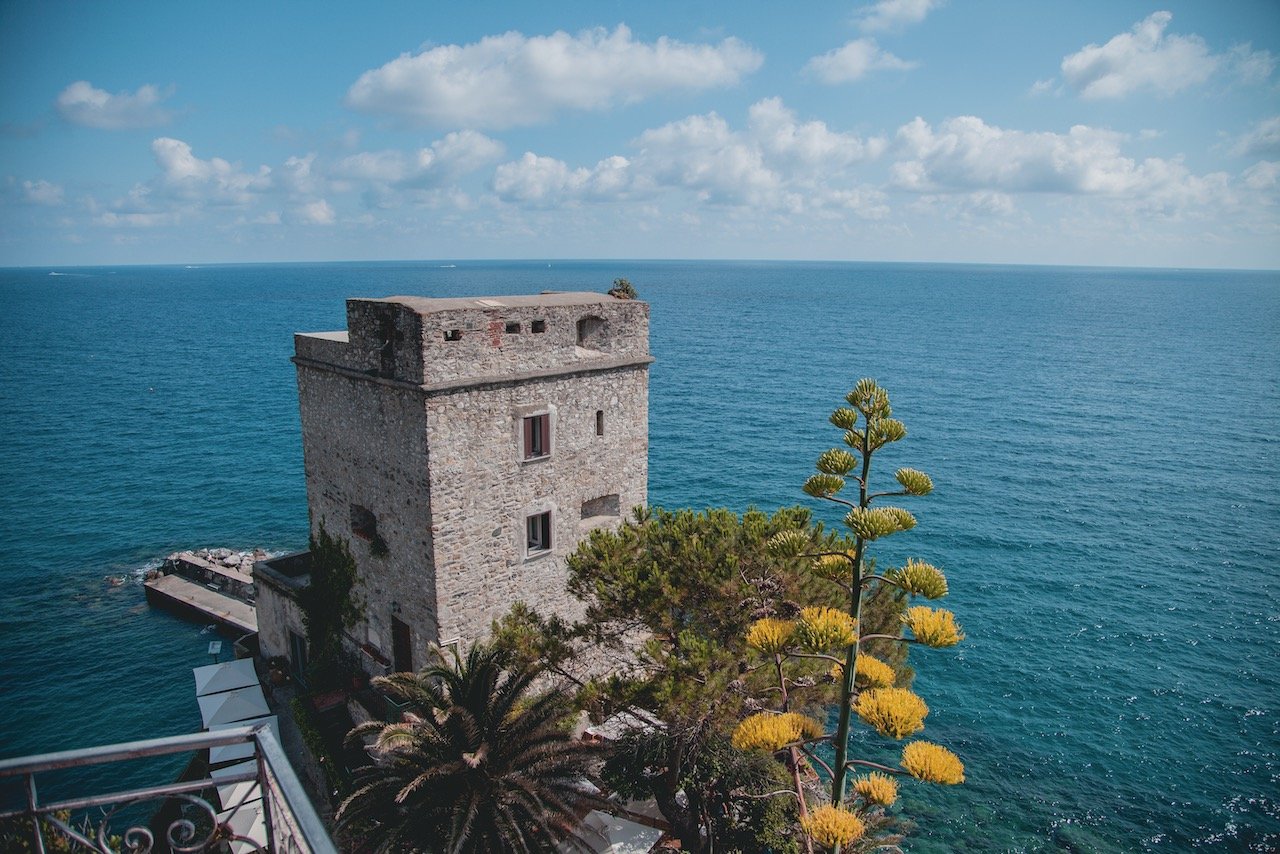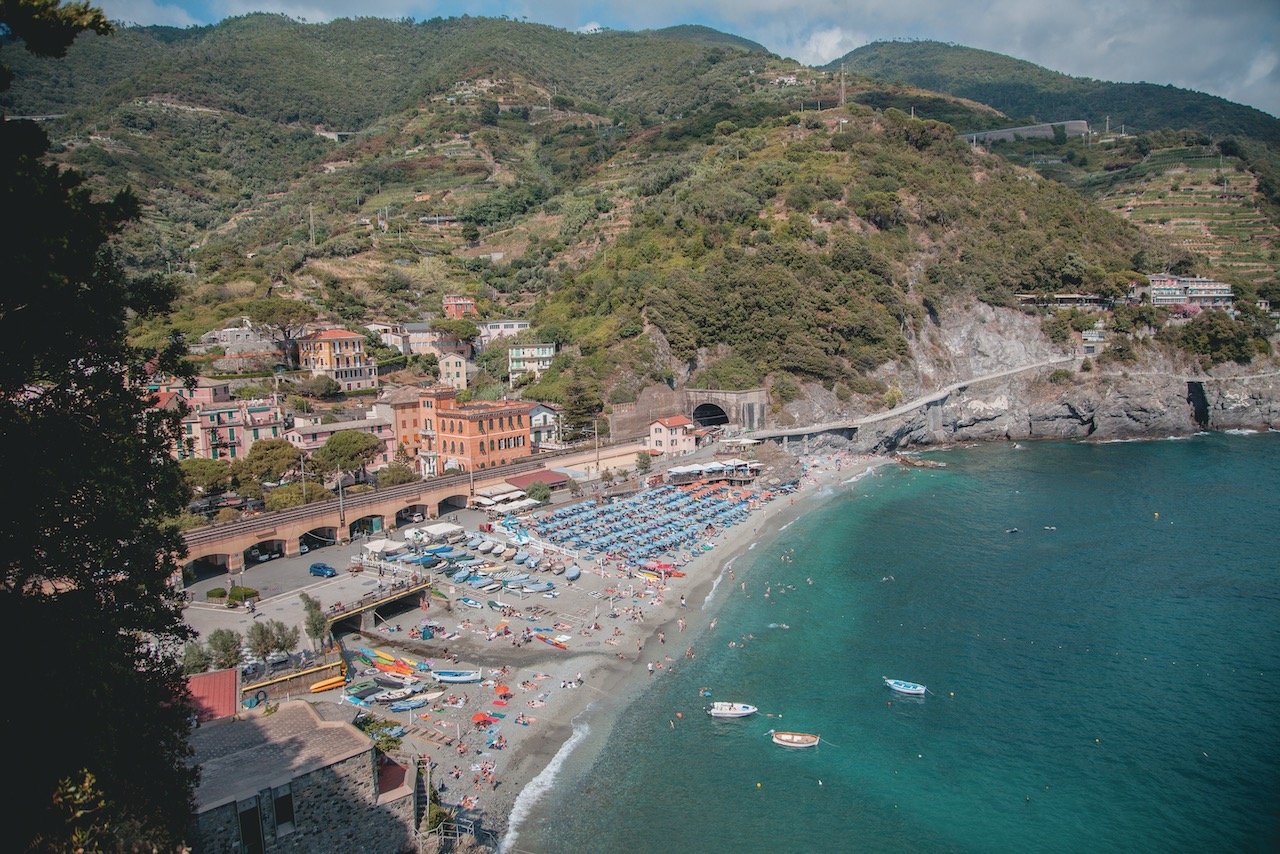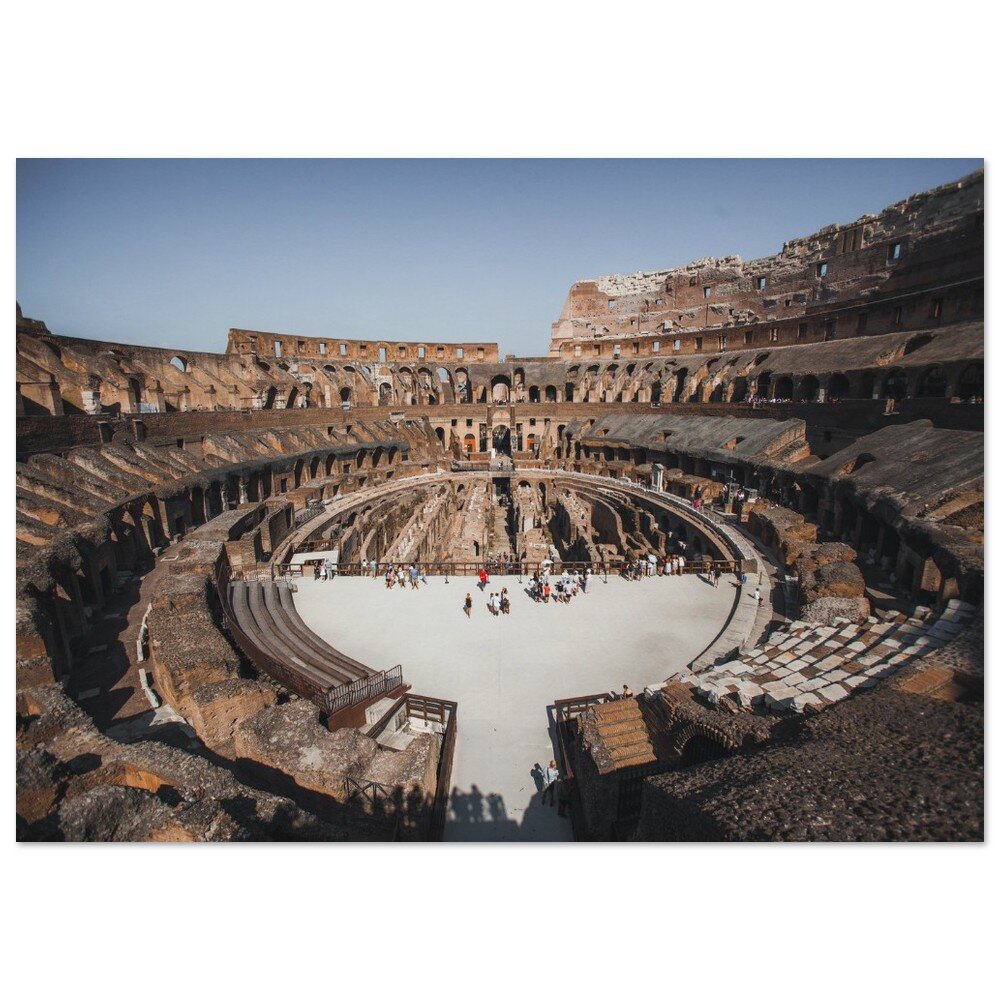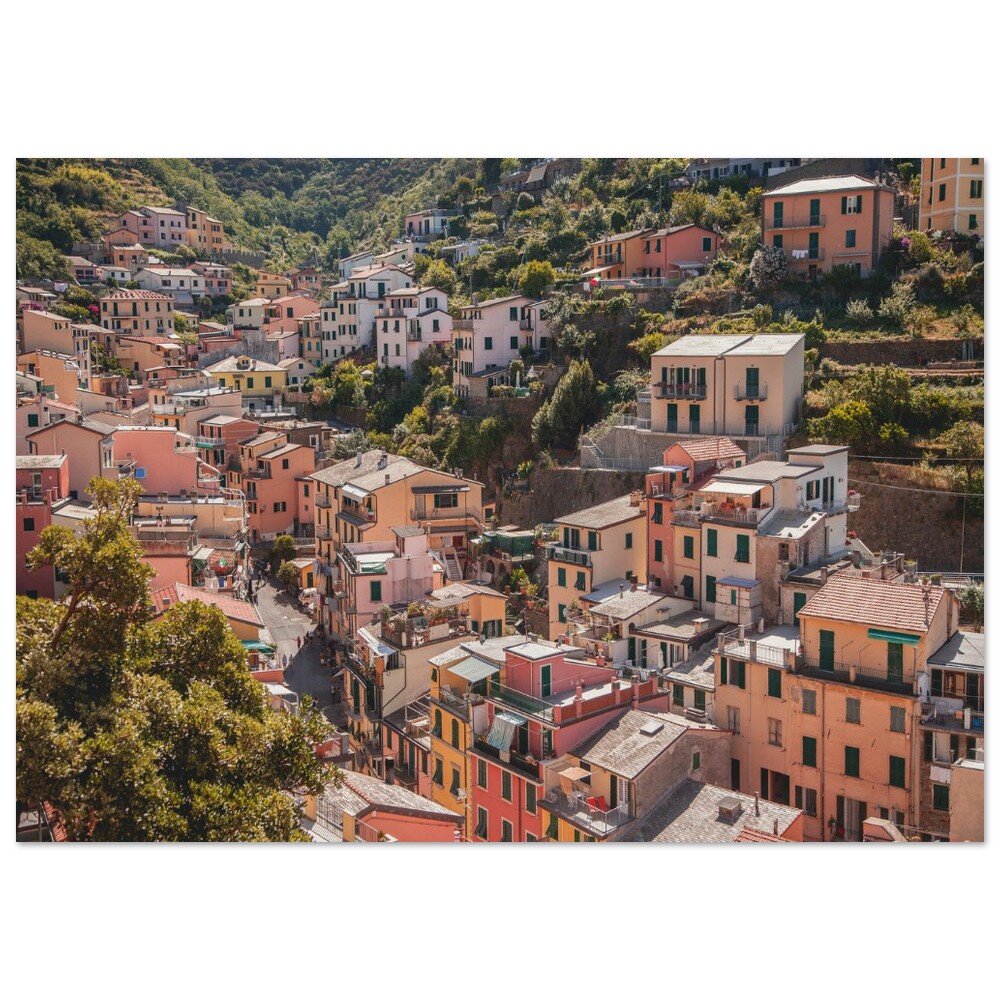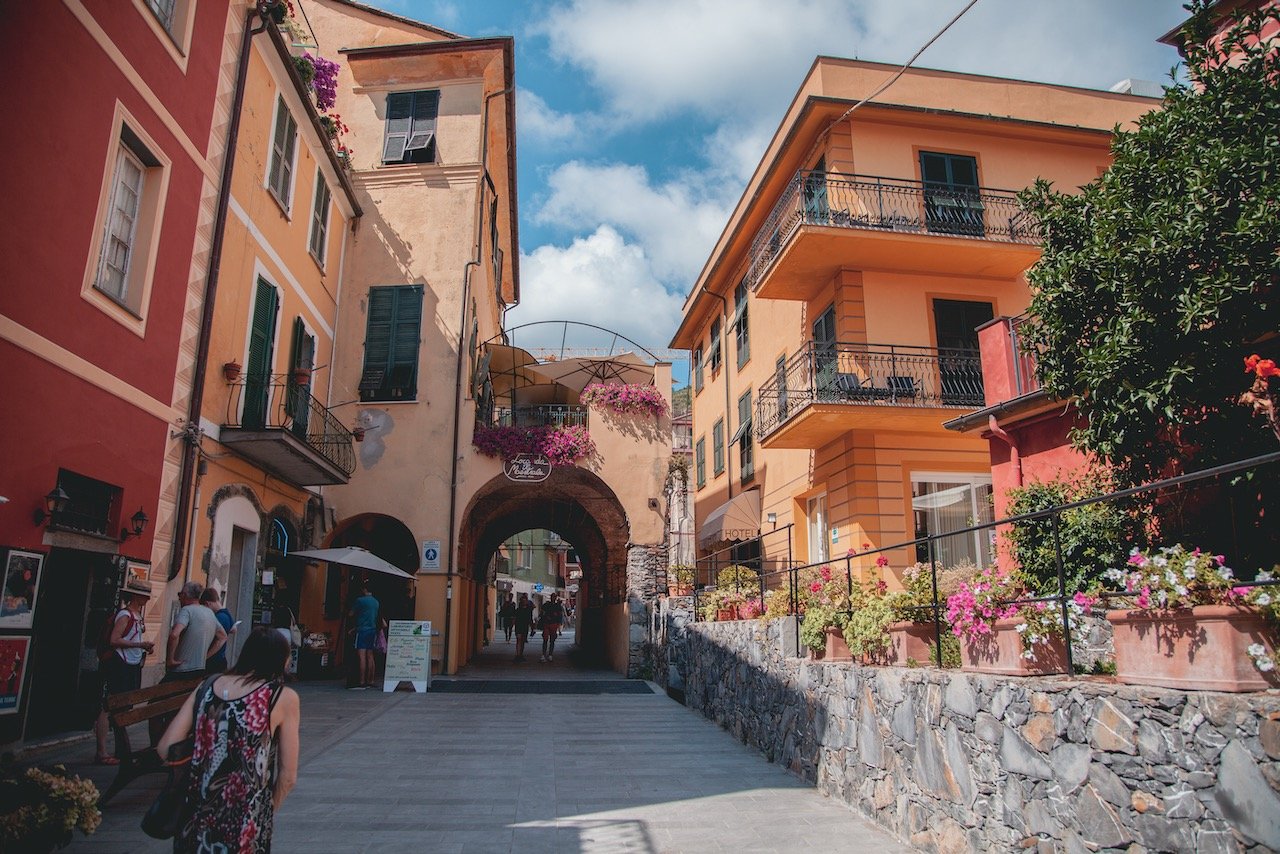A Journey through the towns of Cinque Terre: Monterosso al Mare
(Some links in this post are affiliate links. If you click through and take action, I'll be compensated.) If you are also interested in any PRINTS from any of my posts, be sure to check out my store where you can buy prints as posters, in metal/wooden frames or on canvas.
**This post is the 5th of a 6-post series discussing what to see in Cinque Terre (You can check out the other parts in the list below, separated by each specific village (just click the village name to see the blog post. Everything is also summarized in another post here.**
Riomaggiore (Blog Post: A Journey through the towns of Cinque Terre: Riomaggiore)
Manarola (Blog Post: A Journey through the towns of Cinque Terre: Manarola)
Corniglia (Blog Post: A Journey through the towns of Cinque Terre: Corniglia)
Vernazza (Blog Post: A Journey through the towns of Cinque Terre: Vernazza)
Monterosso al Mare (Blog Post: A Journey through the towns of Cinque Terre: Monterosso al Mare)
Cinque Terre (Summary) (Blog Post: A Guide to the Villages of Cinque Terre)
The Northernmost town of Cinque Terre is Monterosso al Mare (otherwise known as Monterosso). Monterosso is known for its white wines, grapes, and olives and is the largest town of Cinque Terre. It is divided into two parts, the old and new towns, separated by a tunnel. It was briefly omitted from the Cinque Terre trail since Italian officials deemed it to be too large to be included.
If you like some of my photos that you have come across, just know that I have many prints showcasing a variety of landscapes, including Italy, available for purchase below! (Sold as Posters, Canvas, or in Metal-Frames and Wooden-Frames).
The town is a bit more commercialized than the other ones with a larger volume of hotels, presumably due to the access and size of the beach, being the biggest in Cinque Terre. This difference cut both ways as we found it had more conveniences during our time there, but felt less authentic. Despite this, we spent the entire day in the town and found that to be plenty of time to explore all of its offerings. A Google Map of the places I will discuss can be seen at the end of the post (maroon points).
The Castle of Monterosso was built by the Genoese to protect from piracy attacks in the 16th century. It includes an impressive defensive system including thirteen towers and a curtain wall. However in modern times, the castle has more or less disappeared with only three towers remaining and the site is used as a cemetery.
The parish church of St. John the Baptist features a facade of four small marble columns and a large fresco, which illustrates the baptism of Christ. It was first constructed in 1282 and was completed 25 years later. You can’t miss it due to its distinctive zebra-like stripe pattern in the middle of the city.
The Convent of Monterosso al Mare (Convent of the Capuchin Friars) sits on the highest point of the city and therefore has some of the best views, all while serving a very contemplative roll for the visitor. It overlooks Monterosso Bay and still possesses the elements and characteristics of the time of its construction, many centuries ago.
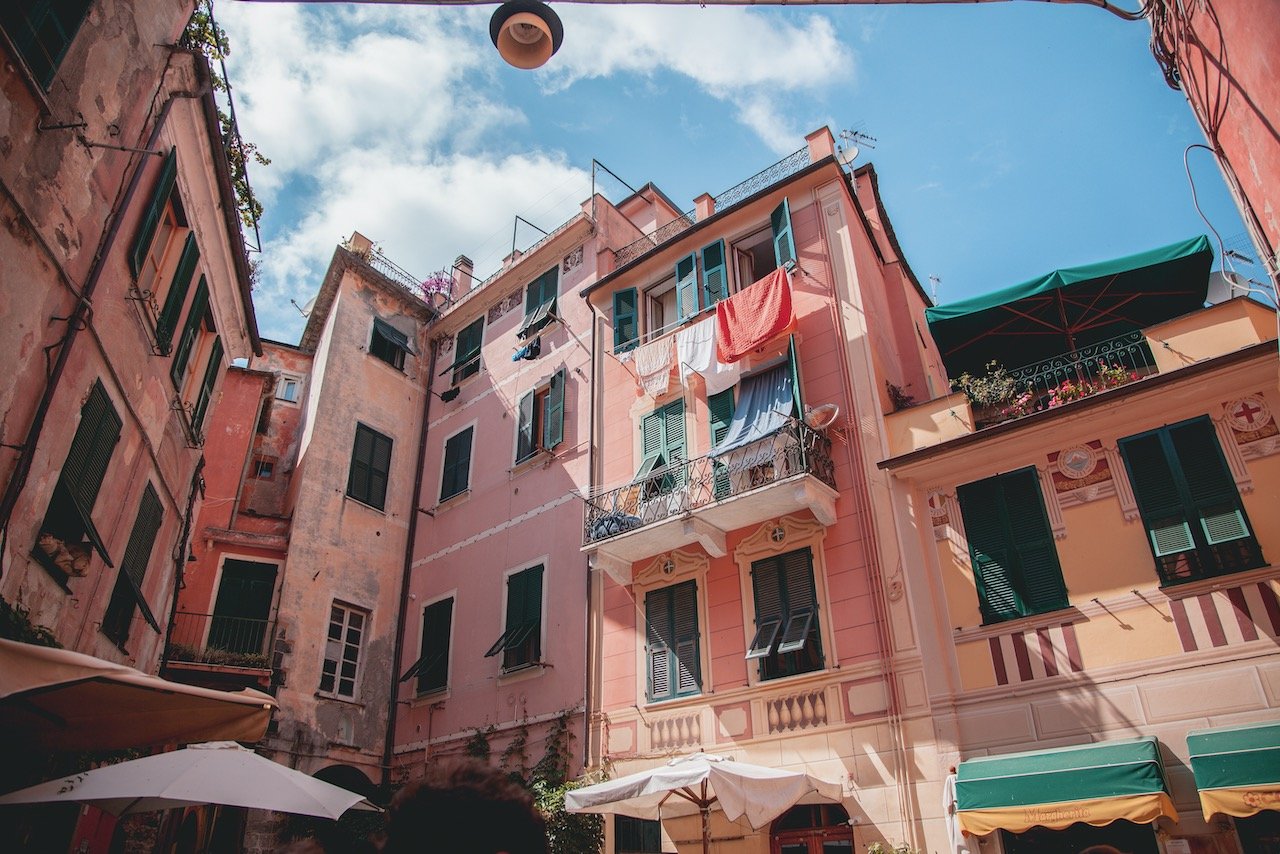
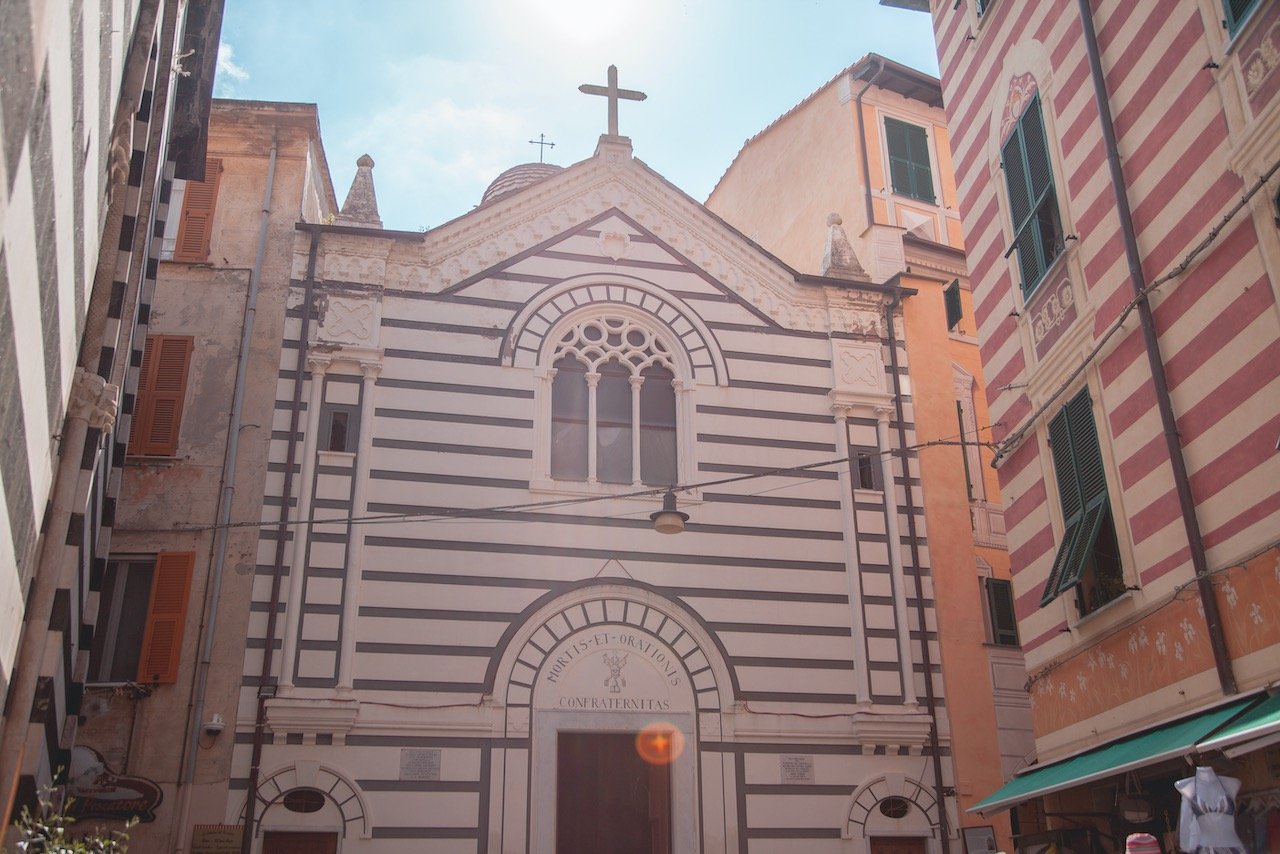
The Monterosso Giant was created by the Italian sculptor Arrigo Minerbi and Francesco Levacher (architect) and depicts the Giant Neptune near the beach of Fegina. It was made as a decoration to the Villa Pastine but over the years has sustained damage most notably during the bombing by allied forces in World War II and also heavy seas.
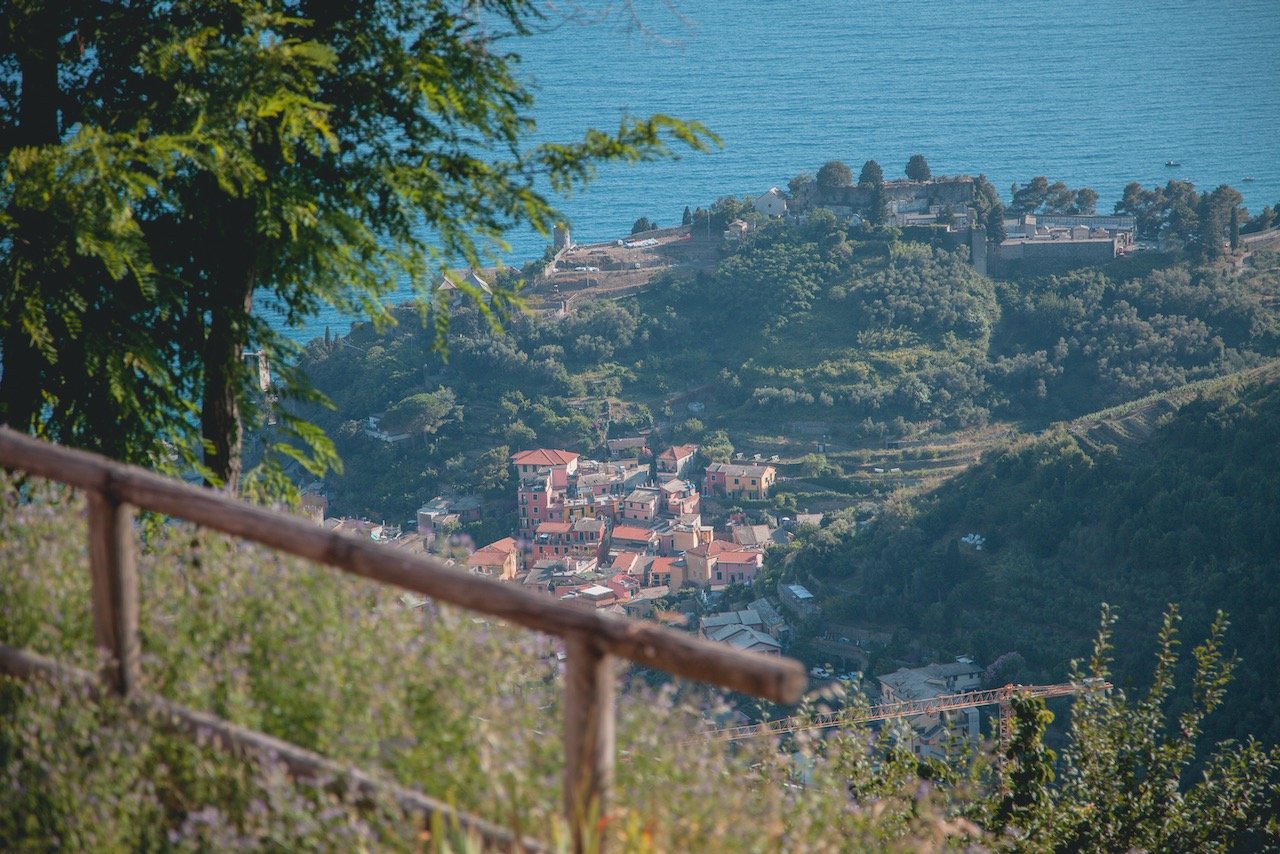
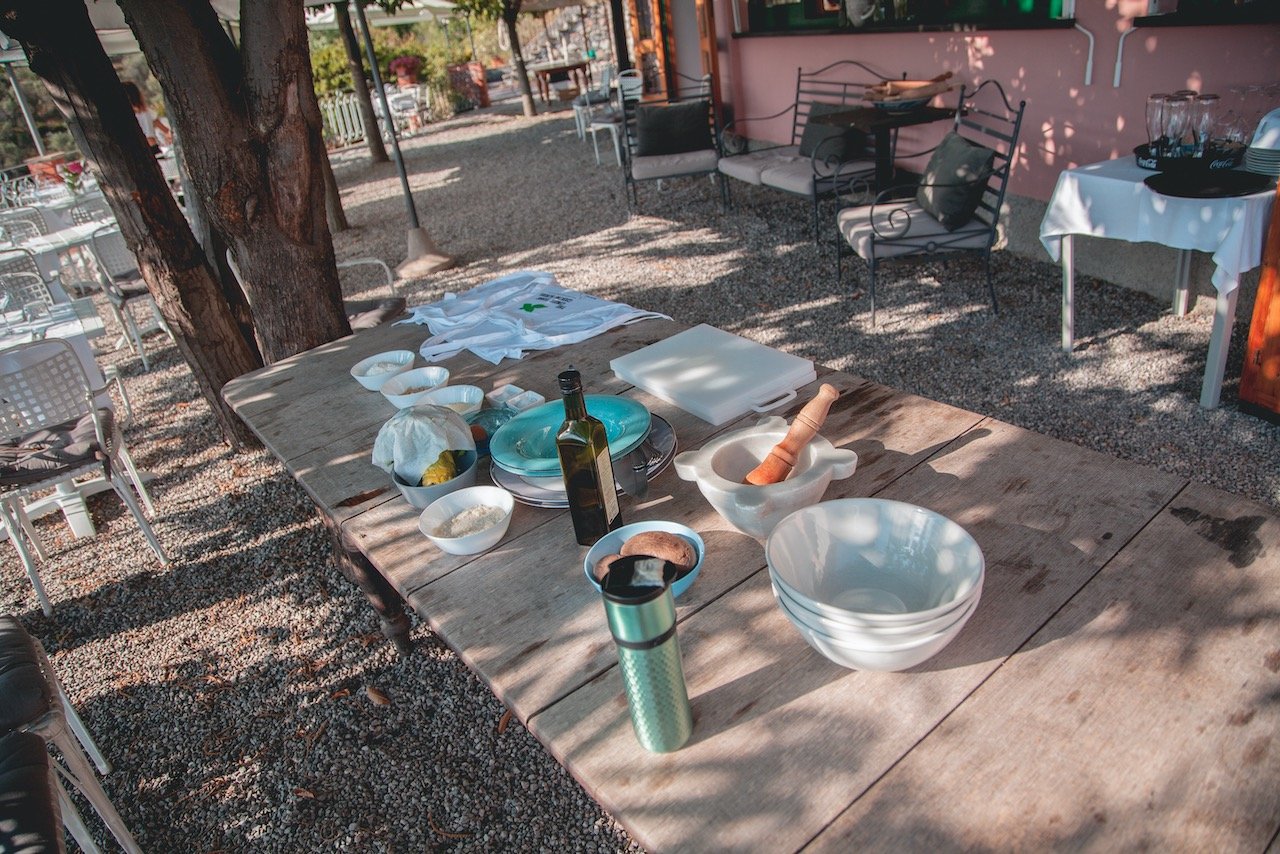
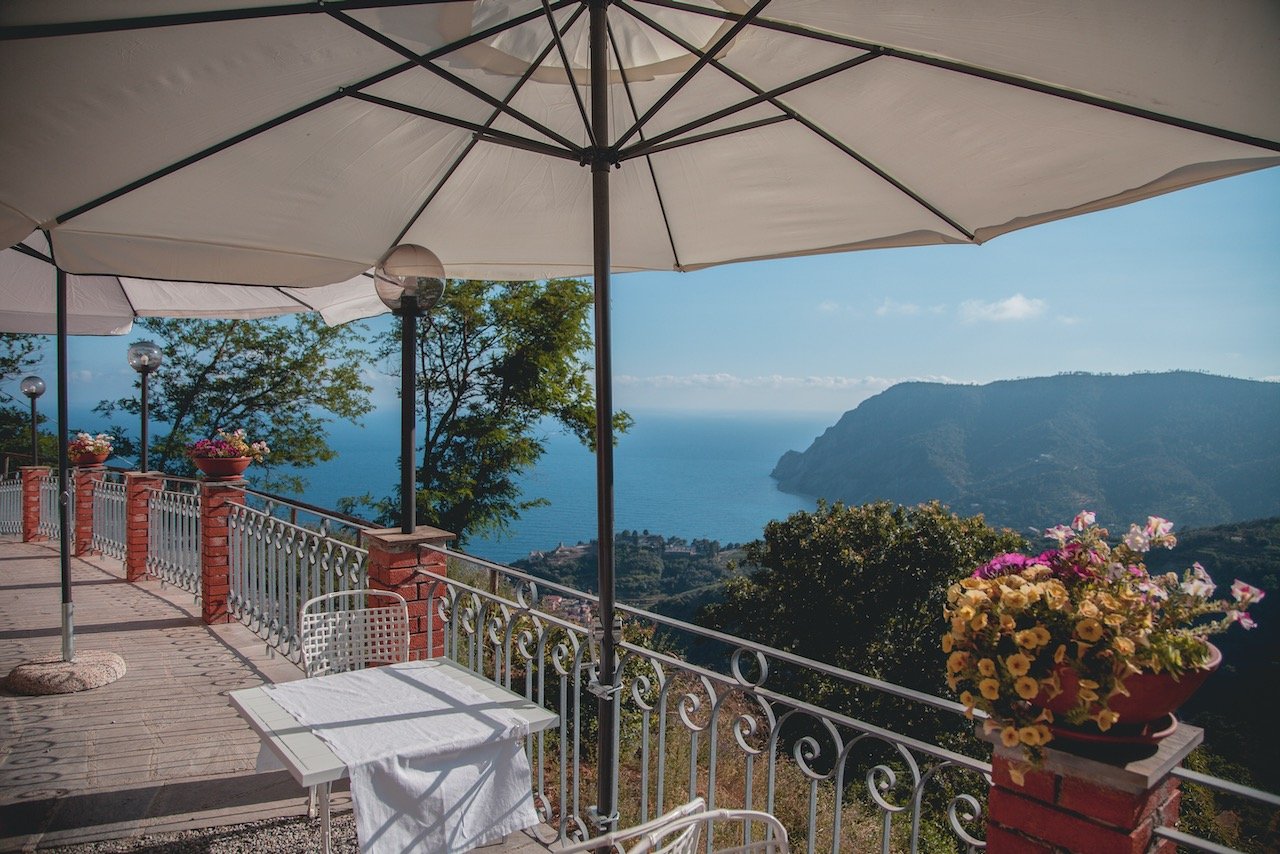
Santuario Nostra Signora di Saviore is an old sanctuary that was constructed in the 11th century. It sits high on the Monterosso hills (465 meters) and overlooks the town below. It is primarily a church, but these days also functions as a guesthouse and is a popular stop by those taking the walking trail from Vernazza.
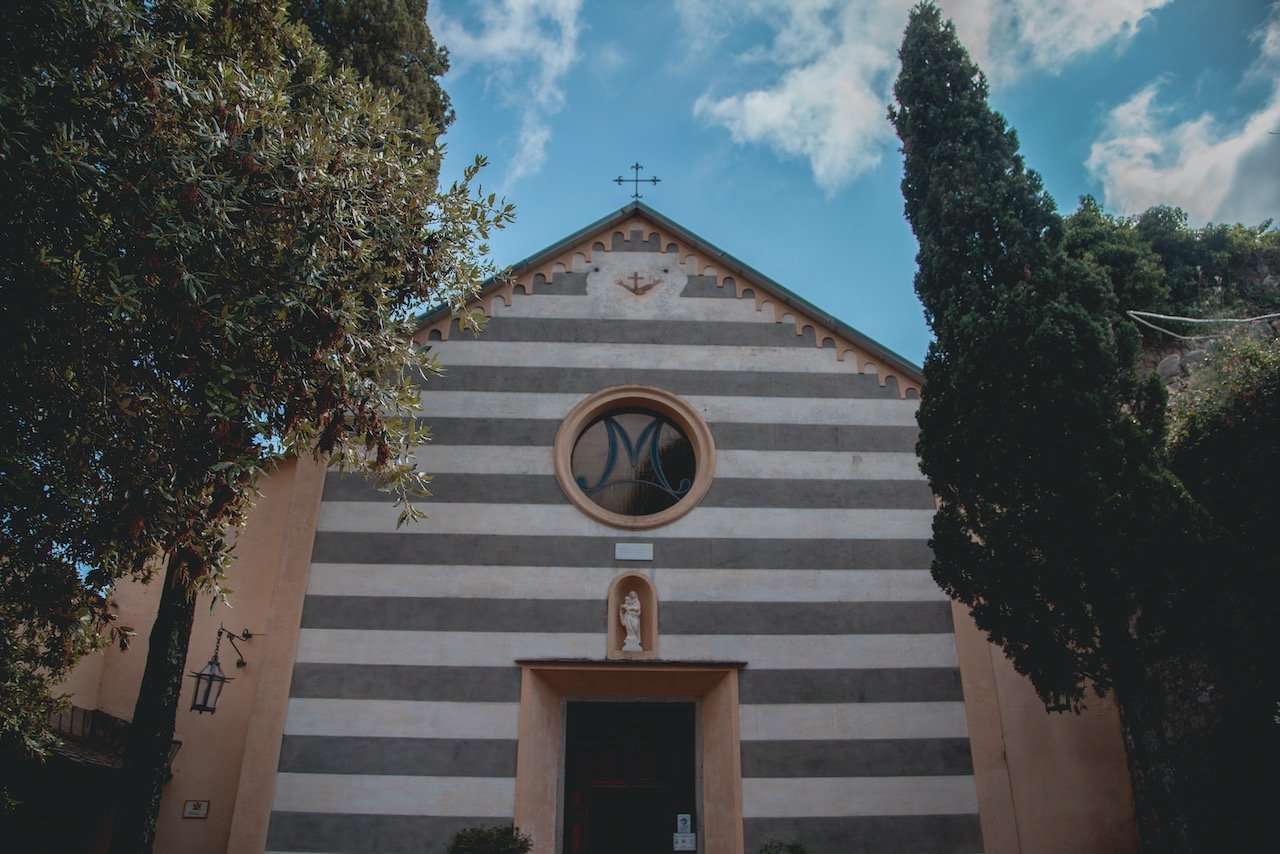
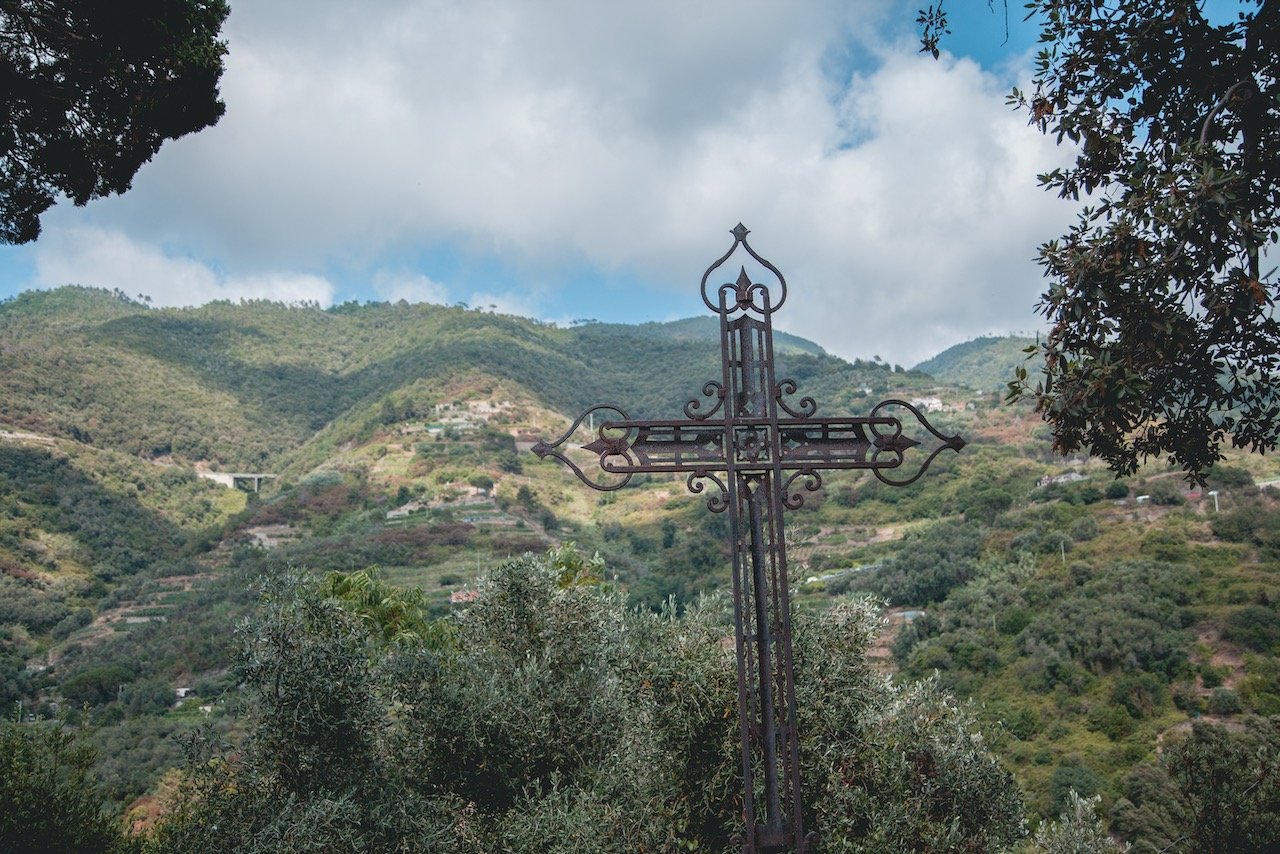
One of our favorite experiences while in Monterosso was the Pesto Cooking Class at the Cinque Terre Cooking School. For 75 euros a person, we got transport to and from the restaurant, our private teacher/chef, a bottle of prosecco and an apron. We learned how to make the pesto from scratch as well as to prepare the gnocchi pasta during this time.
